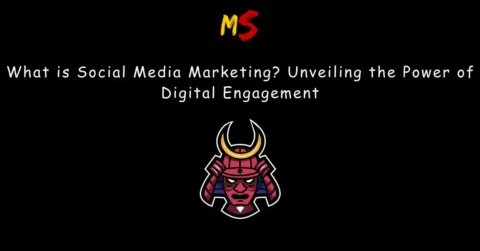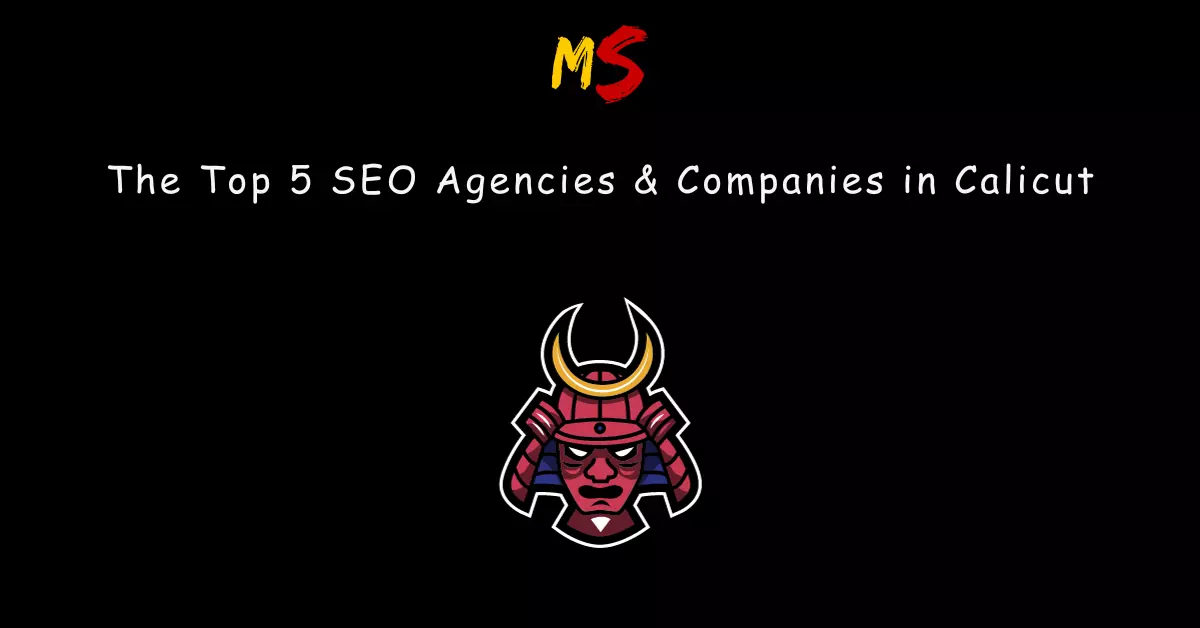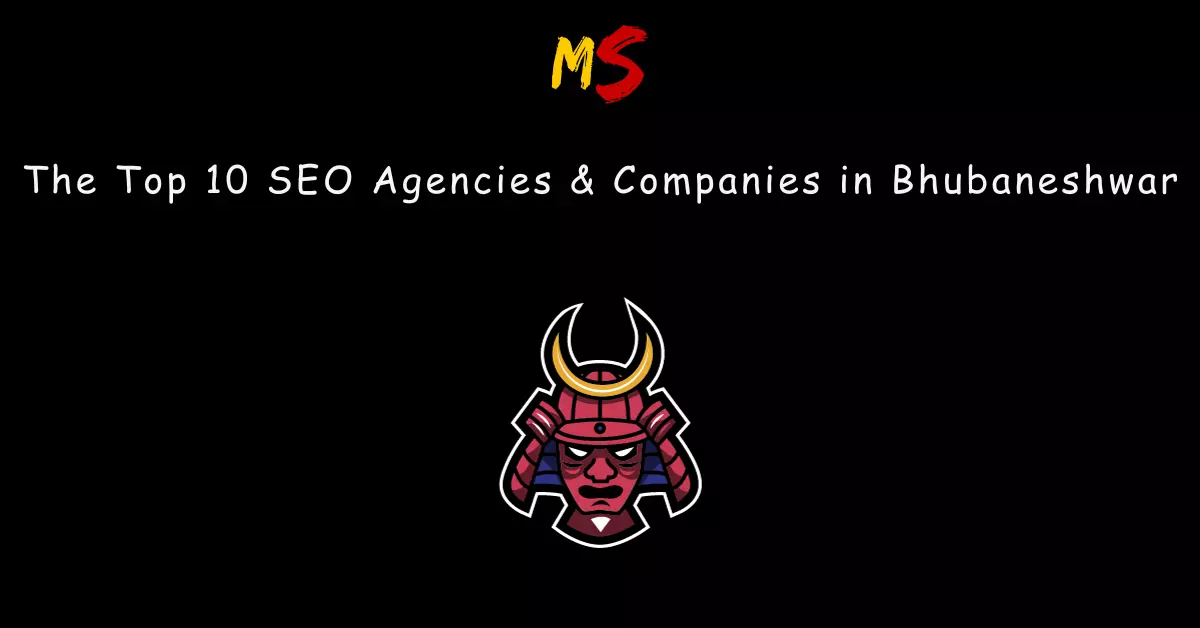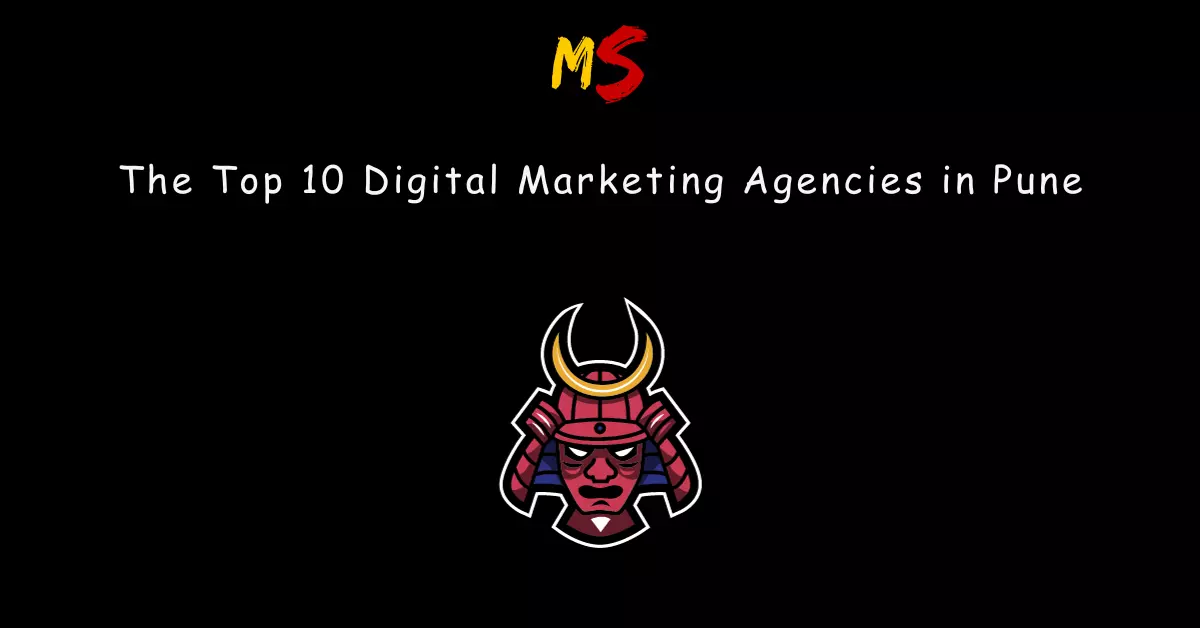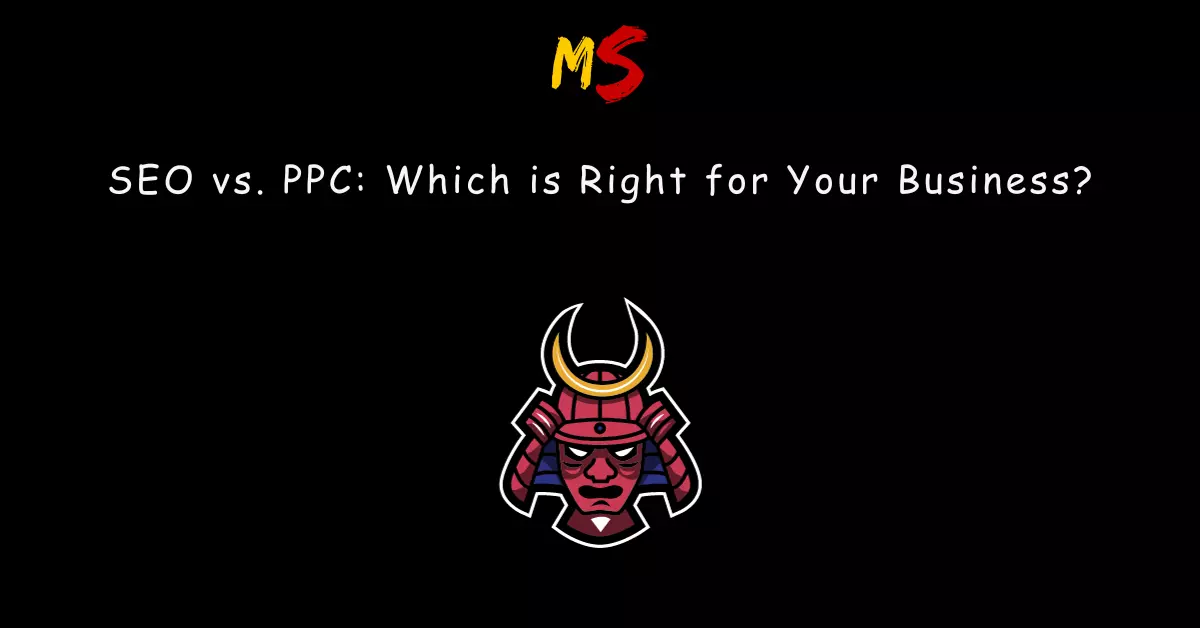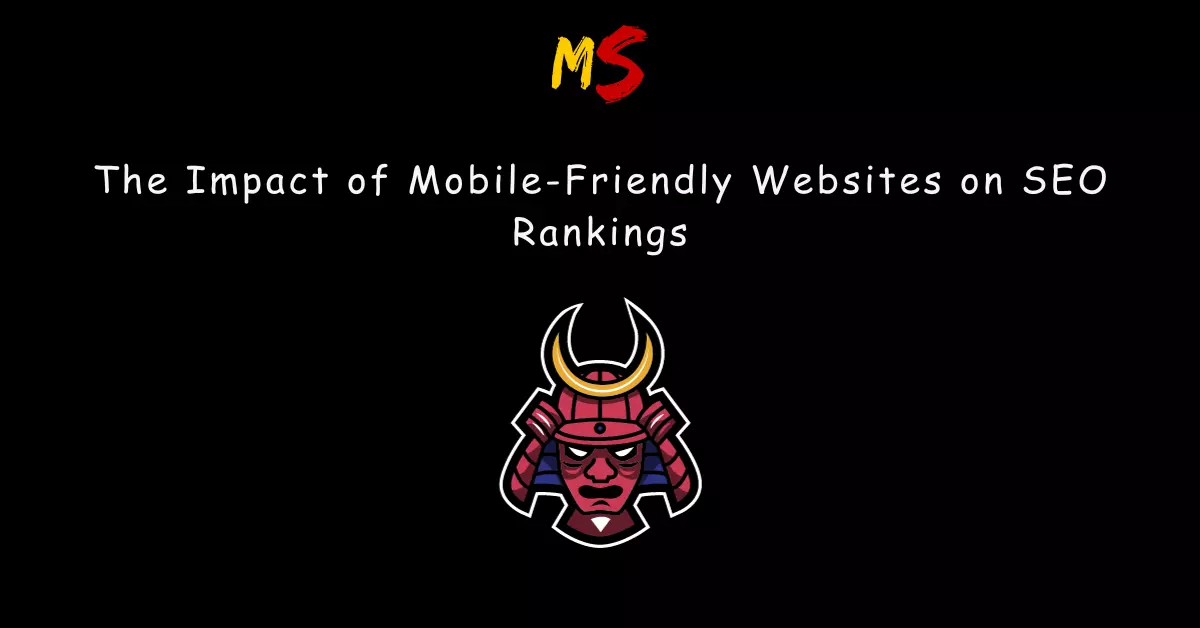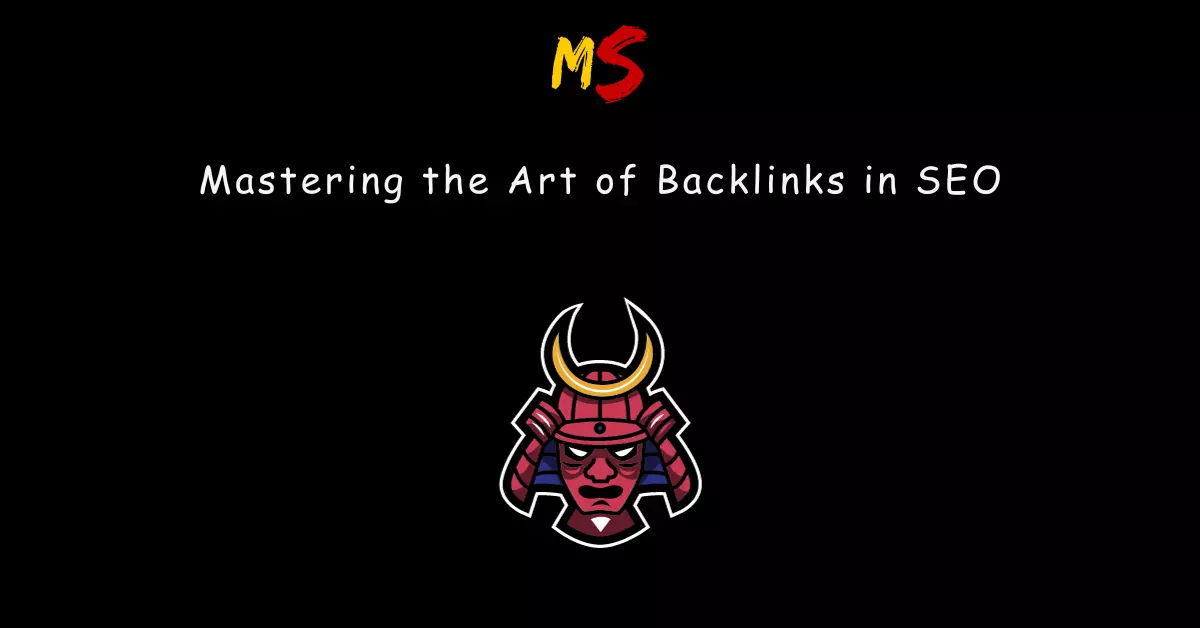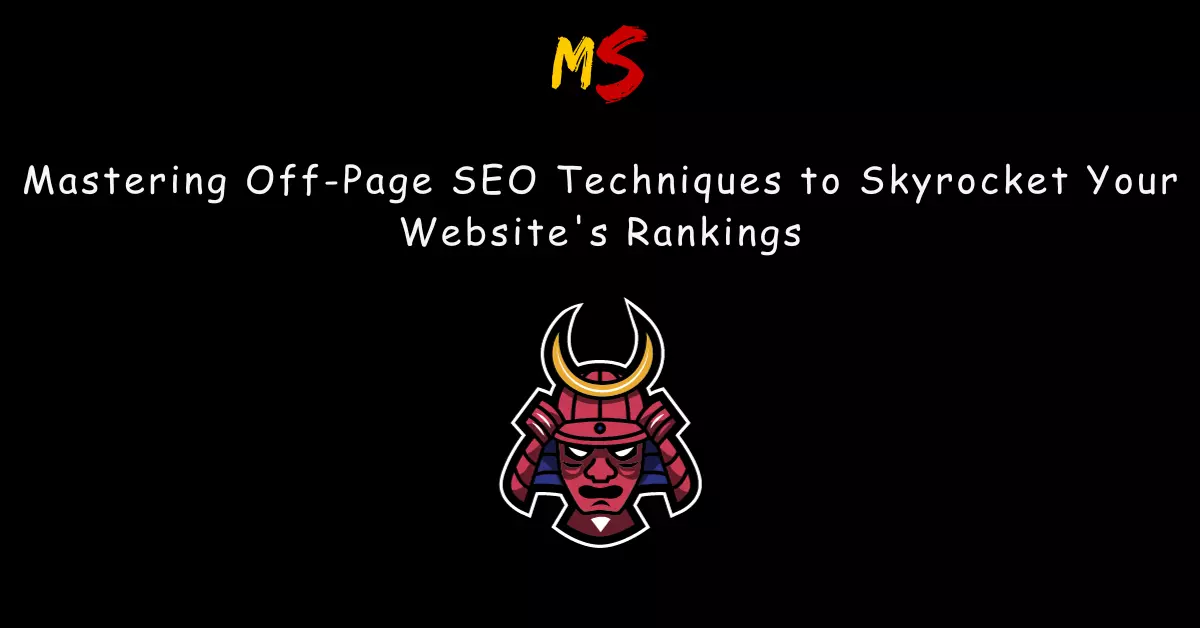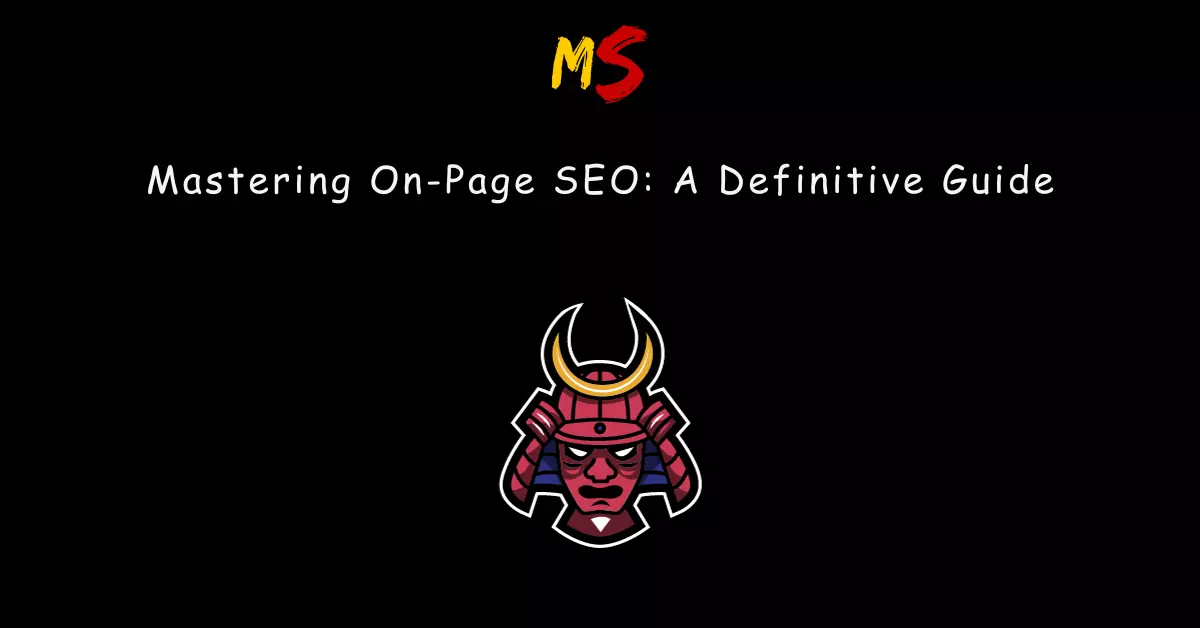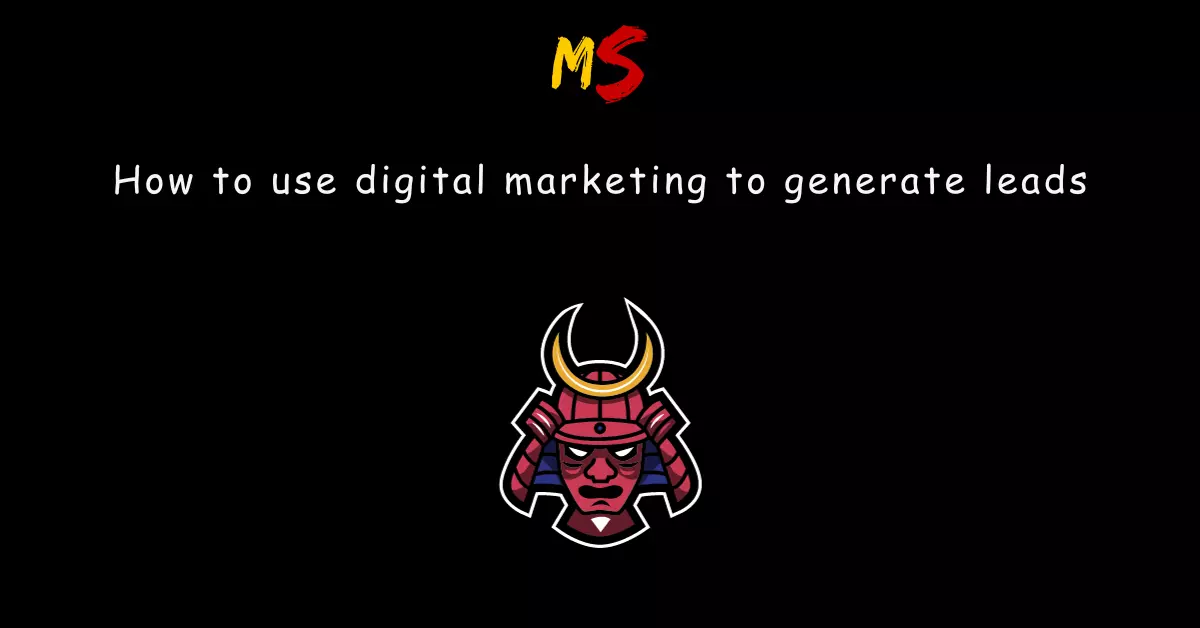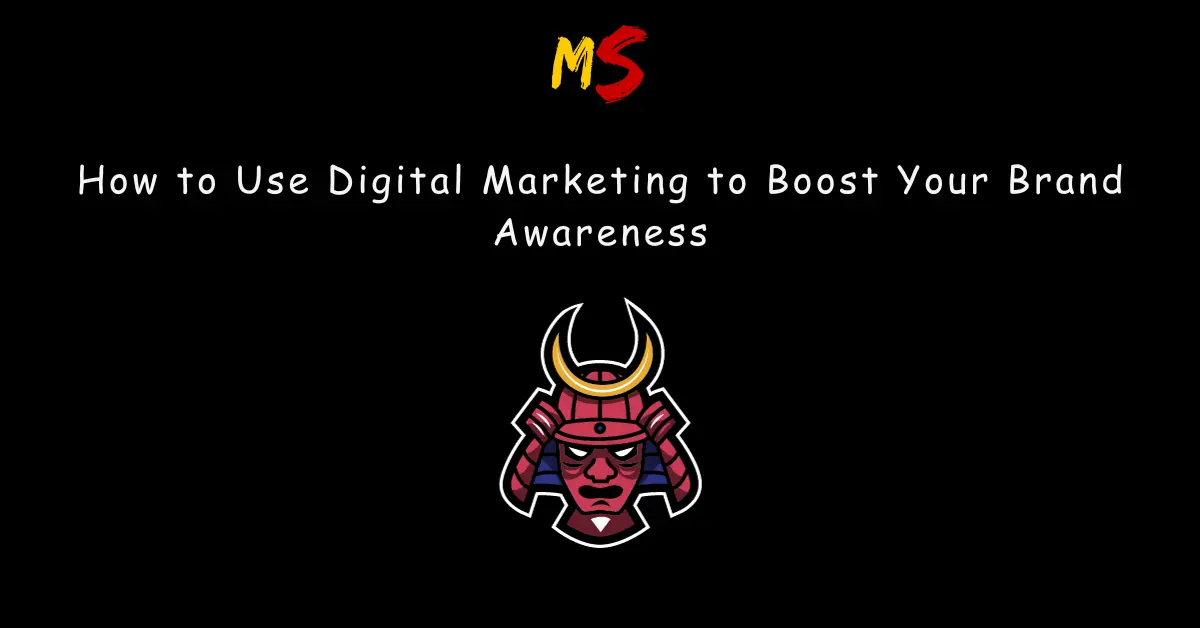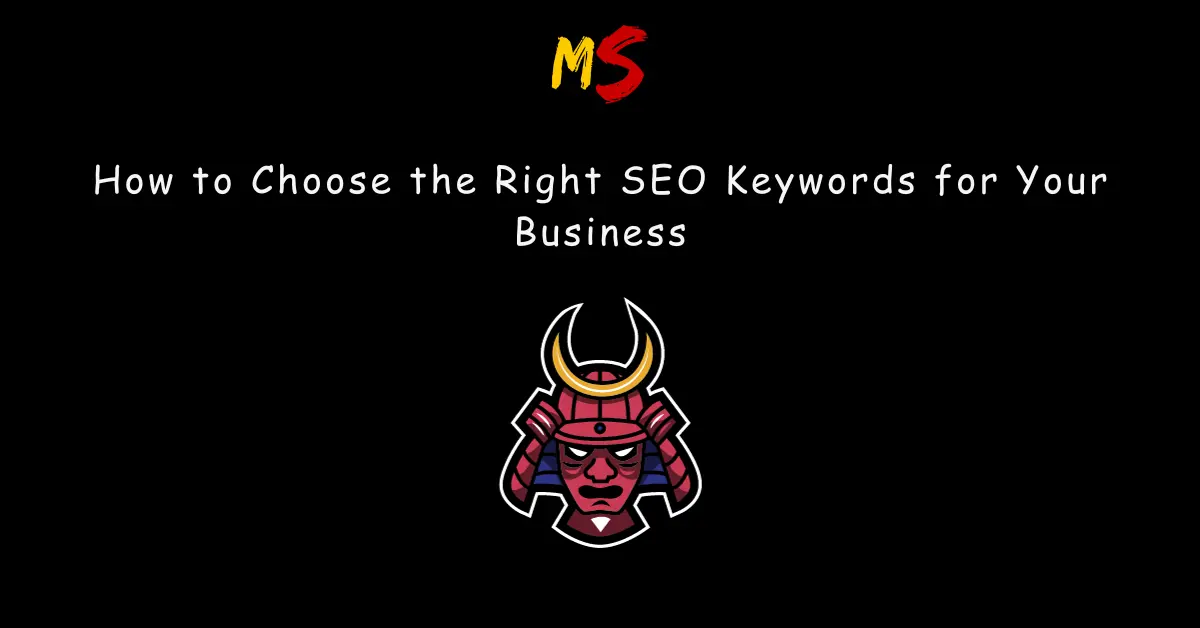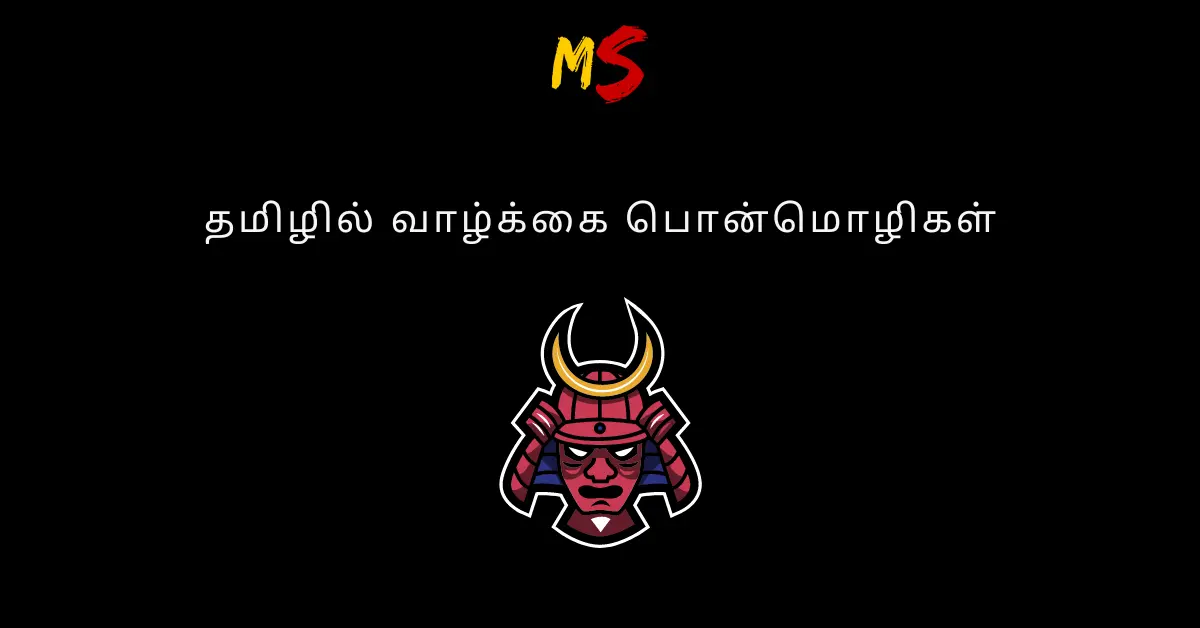Greetings! I’m Yash Setpal, the founder of Marketing Senpai. In this extensive guide, we’ll explore the captivating world of social media marketing, offering in-depth insights, practical examples, and personal tips to help both beginners and seasoned professionals from the best Digital Marketing Agencies navigate this dynamic landscape.
Section 1: Deciphering Social Media Marketing
What is Social Media Marketing?
Social media marketing is the art of leveraging social media platforms to establish and nurture relationships with your target audience, raise brand awareness, and drive business growth. Let’s take a closer look at the significance of this ever-evolving field.
Example: Facebook’s Impact on Business Growth
Consider the case of e-commerce giant, Shopify. By effectively harnessing Facebook advertising, they reported a 50% increase in sales during the holiday season. This demonstrates how strategic social media marketing can yield substantial results.
The Social Media Ecosystem
To embark on your social media marketing journey, you must first familiarize yourself with the diverse landscape of social media platforms and their unique offerings.
Facebook: A Hub of Diversity
With a staggering 2.8 billion monthly active users, Facebook is a treasure trove for businesses. It’s an ideal platform for a wide range of businesses, from local bakeries to global tech giants.
Instagram: The Visual Haven
If your business thrives on visual content, Instagram’s visual-centric approach is your playground. It’s perfect for fashion, food, travel, and any visually appealing products or services.
Twitter: Real-Time Engagement
Twitter is the place for real-time updates and quick customer interactions. For instance, during major events, brands like Wendy’s seize the opportunity to engage with trending topics, strengthening their online presence.
LinkedIn: Professional Networking
LinkedIn is the professional’s paradise. It’s perfect for B2B businesses looking to establish industry authority and connect with potential partners.
TikTok: The Viral Sensation
TikTok, with its short, engaging videos, has taken the world by storm. If your content aligns with the format, TikTok can lead to viral success, as seen with brands like Ocean Spray and their “Fleetwood Mac” challenge.
Section 2: Why Social Media Marketing Matters
1. Reach and Visibility
Imagine your business as a billboard on the busiest street in town. That’s what social media can do for your brand. It exposes you to an expansive audience that might otherwise remain elusive.
Example: Oreo’s Dunk in the Dark
During the 2013 Super Bowl, Oreo’s quick thinking led to a now-iconic tweet: “You can still dunk in the dark.” This single tweet generated enormous visibility and engagement for the brand, demonstrating the reach of social media.
2. Targeted Advertising
Most social media platforms offer powerful targeting tools. You can reach your ideal customer based on demographics, interests, and behaviors. This precision minimizes ad spend wastage.
Example: Airbnb’s Personalized Ads
Airbnb excels at personalized advertising. By analyzing user behavior, they recommend accommodations that align with a traveler’s preferences, leading to higher conversion rates.
3. Engagement and Community Building
Social media fosters two-way communication. You can engage with your audience, address their concerns, and build a loyal community around your brand.
Example: Starbucks’ Customer Engagement
Starbucks encourages customers to share their experiences using the hashtag #Starbucks. They then engage with customers by reposting their content, building a sense of community and loyalty.
4. Data-Driven Insights
Analytics tools provide valuable insights into your audience’s preferences and behaviors. This data helps you refine your marketing strategies for better results.
Example: HubSpot’s Data-Driven Approach
HubSpot’s Social Inbox tool provides detailed analytics on social media interactions. By tracking customer engagement, they refine their content strategy to deliver what their audience wants.
5. Cost-Effective Marketing
Compared to traditional advertising, social media marketing often provides a higher return on investment. You can start with a limited budget and scale up as you see results.
Example: Dollar Shave Club’s Viral Video
Dollar Shave Club’s humorous YouTube video went viral, resulting in millions of views and massive subscriber growth. This cost-effective approach illustrates the power of creative content.
Section 3: Crafting Your Social Media Strategy
1. Setting Clear Objectives
Your journey begins with defining clear goals. Do you want to increase brand awareness, drive website traffic, boost sales, or enhance customer loyalty? Your objectives will shape your strategy.
Example: Coca-Cola’s Brand Awareness
Coca-Cola’s “Share a Coke” campaign aimed to increase brand awareness. By personalizing bottles with people’s names, they encouraged customers to share their Coca-Cola moments on social media, achieving their objective.
2. Identifying Your Target Audience
Understanding your audience is paramount. Create detailed buyer personas to know who you’re talking to. What are their pain points, interests, and online behavior?
Example: Nike’s Audience Segmentation
Nike’s marketing is segmented to target different audiences. Their campaign for runners focuses on performance, while their lifestyle brand targets a broader, fashion-conscious audience.
3. Content Creation and Curation
Content reigns supreme in social media marketing. Create compelling, shareable content that resonates with your audience. This can take the form of blog posts, videos, infographics, or even user-generated content.
Example: GoPro’s User-Generated Content
GoPro encourages customers to share their action-packed videos. By featuring this user-generated content, they not only save on production costs but also build a passionate community.
4. Choose the Right Platforms
Not all platforms are created equal. Select the ones that align with your audience and goals. It’s better to excel on a couple of platforms than to spread yourself too thin.
Example: Wendy’s Twitter Success
Wendy’s excels on Twitter, where their witty and humorous posts resonate with their audience. They focus their efforts on this platform rather than trying to maintain a presence on every social network.
5. Consistency is Key
Consistency in posting is essential. Create a content calendar and stick to it. Your audience should know when to expect your updates.
Example: Buffer’s Posting Schedule
Buffer maintains a consistent posting schedule across their social media channels. They use scheduling tools to ensure a regular flow of content, keeping their audience engaged.
6. Engage and Interact
Don’t treat social media as a one-way street. Respond to comments, messages, and mentions promptly. Engage with your audience to build relationships. To make things easier, you could even consider using a comment moderation tool.
Example: Zappos’ Exceptional Customer Service
Zappos is renowned for its outstanding customer service on social media. They respond to inquiries swiftly and go the extra mile to assist customers, enhancing their brand’s reputation.
Section 4: Measuring Success
In the digital marketing world, data is your best friend. Use social media analytics tools to track key performance indicators (KPIs) like engagement rates, click-through rates, and conversion rates. These metrics will tell you if your strategy is working or if adjustments are needed.
Example: Google Analytics for Website Traffic
Google Analytics provides detailed data on website traffic sources, helping businesses understand the effectiveness of their social media efforts in driving visitors to their websites.
Section 5: Staying Up-to-Date
The digital landscape is ever-evolving. Stay informed about the latest trends and algorithm updates on social media platforms. What works today might not work tomorrow.
Example: Instagram’s Algorithm Changes
Instagram frequently updates its algorithm. Staying informed about these changes allows businesses to adapt their content strategy to maintain visibility and engagement.
Conclusion
Social media marketing is a dynamic and indispensable tool in the digital marketer’s toolkit. When wielded with expertise, it has the power to transform businesses, build lasting relationships, and drive unprecedented growth. Whether you’re a newcomer or a seasoned pro, remember that social media marketing is not just a trend; it’s a business imperative in the digital age.
This guide has provided you with a solid foundation to embark on your social media marketing journey. If you have any questions or need further assistance, feel free to reach out. Happy marketing!

